
Energy and Water
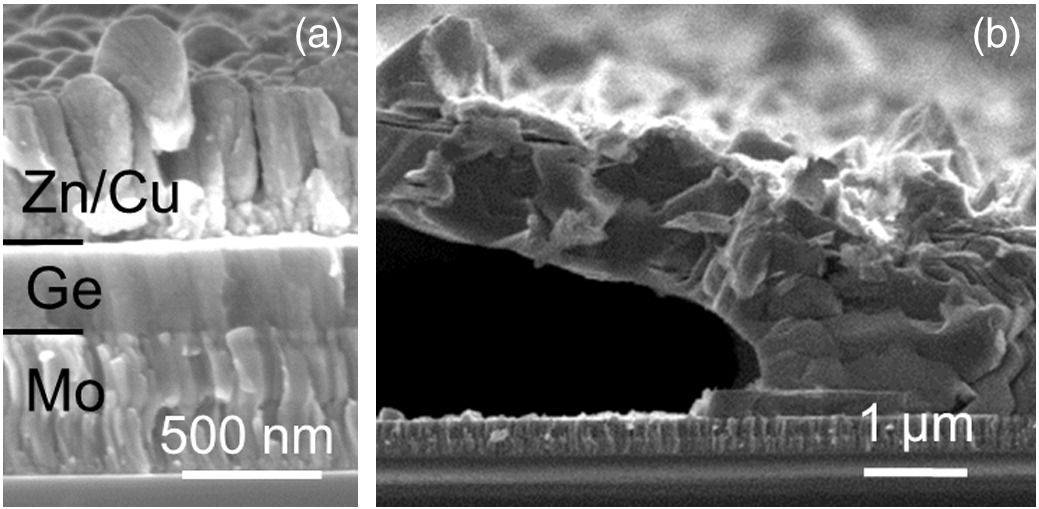
Physical characterization of Cu2ZnGeSe4thin films from annealing of Cu-Zn-Ge precursor layers
Cu2ZnGeSe4(CZGeSe) can be considered as a potential alternative for wide band gap thin film devices. In this work, CZGeSe thin films were deposited on Mo-coated soda lime glass substrates by sequential deposition of sputtered Cu, Zn and e-beam evaporated Ge layers from elemental targets followed by annealing at high temperature using H2Se gas. We report on the effect of the precursor stack order and composition and the impact of the annealing temperature on the physical properties of CZGeSe thin films. The optimal layer morphology was obtained when using a Mo/Cu/Zn/Ge precursor stack annealed
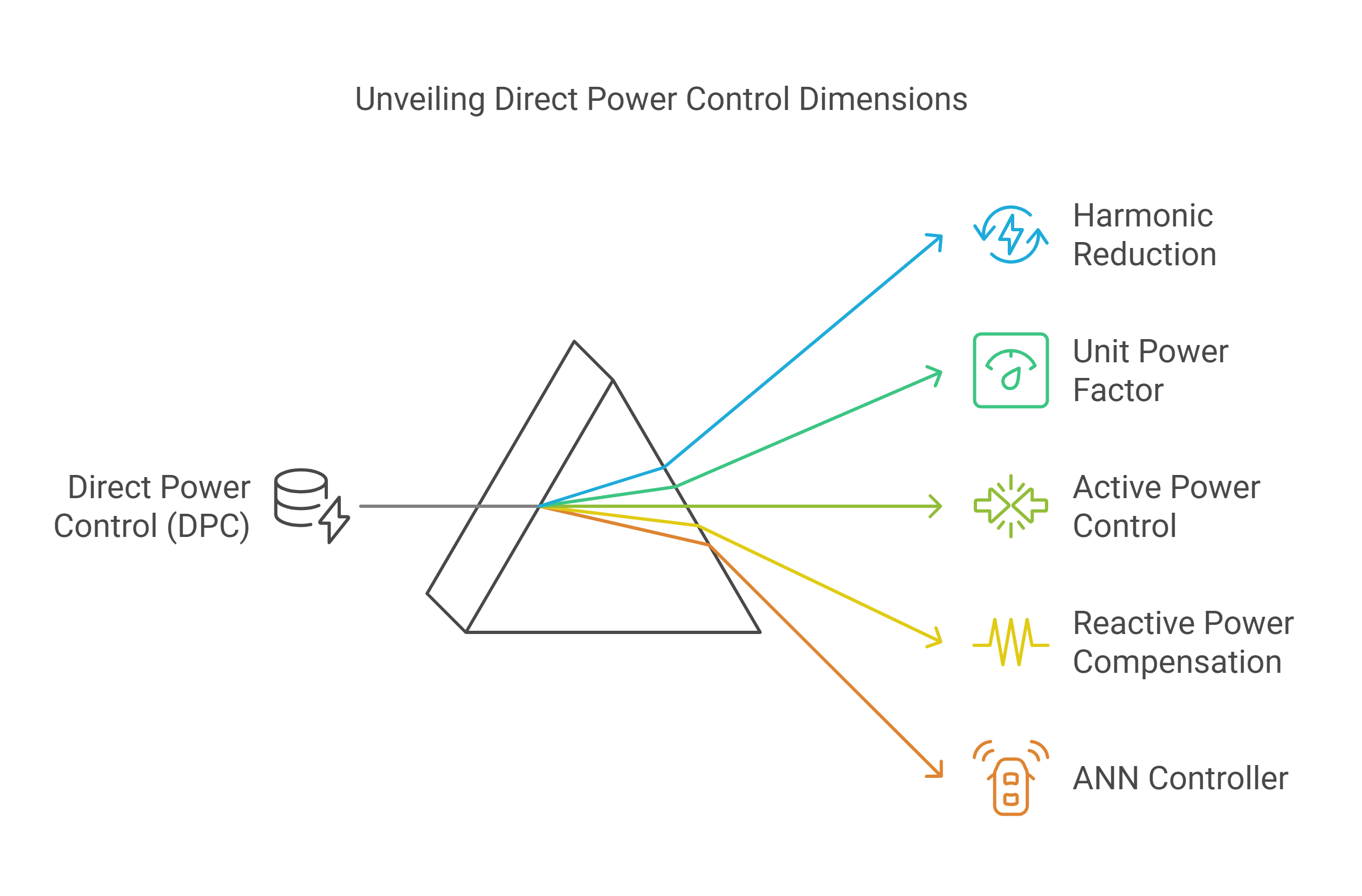
Artificial neural network for PWM rectifier direct power control and DC voltage control
In this chapter, a new technique has been proposed for reducing the harmonic content of a three-phase PWM rectifier connected to the networks with a unit power factor and also providing decoupled control of the active and reactive instantaneous power. This technique called direct power control (DPC) is based on artificial neural network (ANN) controller, without line voltage sensors. The control technique is based on well-known direct torque control (DTC) ideas for the induction motor, which is applied to eliminate the harmonic of the line current and compensate for the reactive power. The
Rapidity distribution within Landau hydrodynamical model and EPOS event-generator at AGS, SPS, and RHIC energies
The rapidity distribution of well-identified particles such as pions, kaons, protons and their antiparticles measured in AGS, SPS, and BRAHMS experiments (Au+Au collisions), at various energies spanning from higher energies sNN = 200 down to lower energies 2 GeV, are compared with that obtained from huge statistical ensembles of 100, 000 events generated from the Cosmic Ray Monte Carlo (CRMC) EPOS event-generator. All these data are then compared to the results calculated in the frame work of Landau hydrodynamical model. The EPOS event-generator can describe the experimental data of the
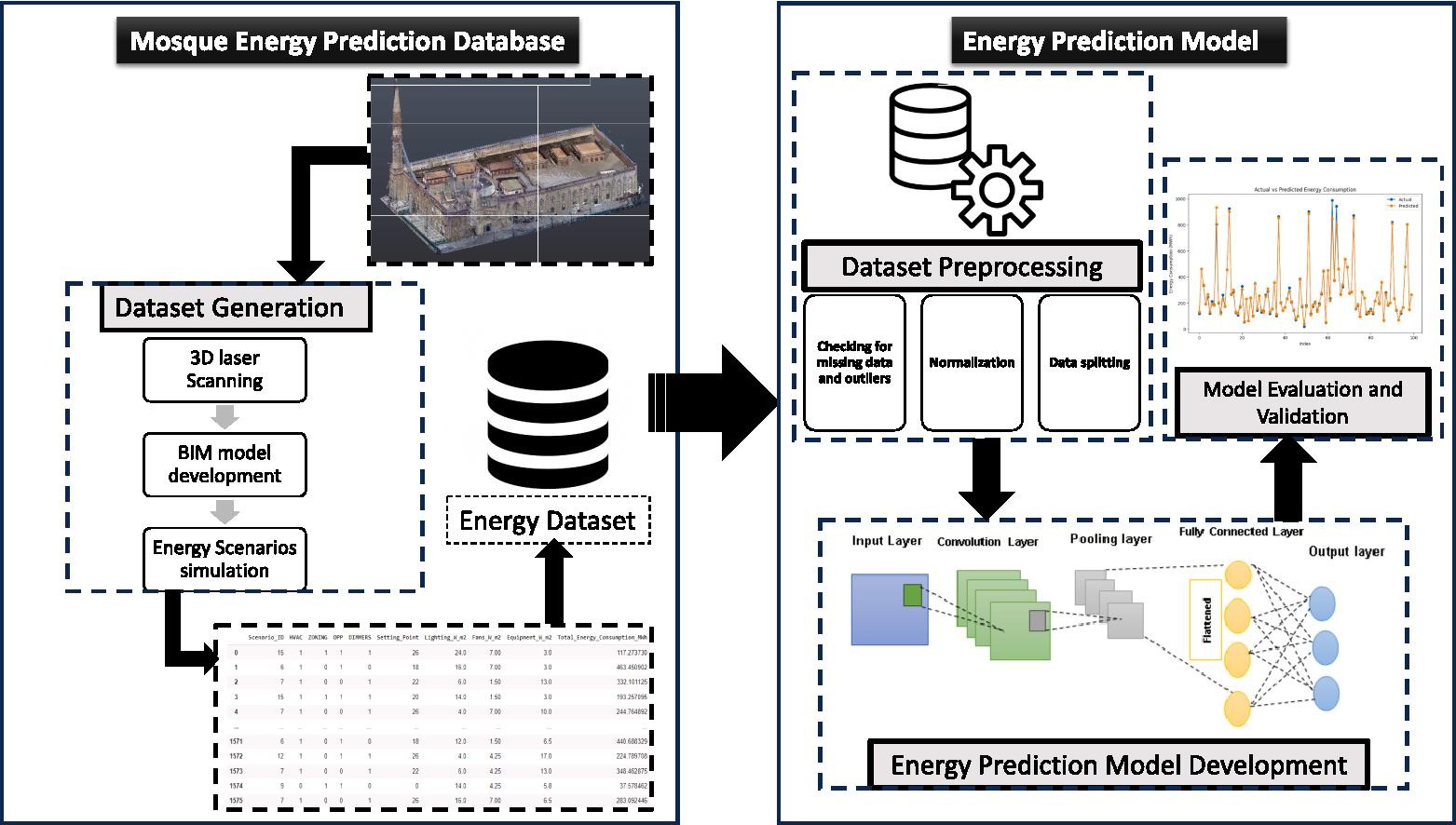
Predicting energy consumption of mosque buildings during the operation stage using deep learning approach
The energy consumption resulting from the construction sector is increasing rapidly. Different building types have different energy consumption schemes, especially during their operational stage. Among these types of buildings, mosques are considered one of the intermittent building types that suffer from huge energy wastage. That's why there is a need to monitor their operational performance through retrofitting or changing their operational scheme to enhance their operational performance and examine the effect of different alterations on the annual energy consumption. However, using
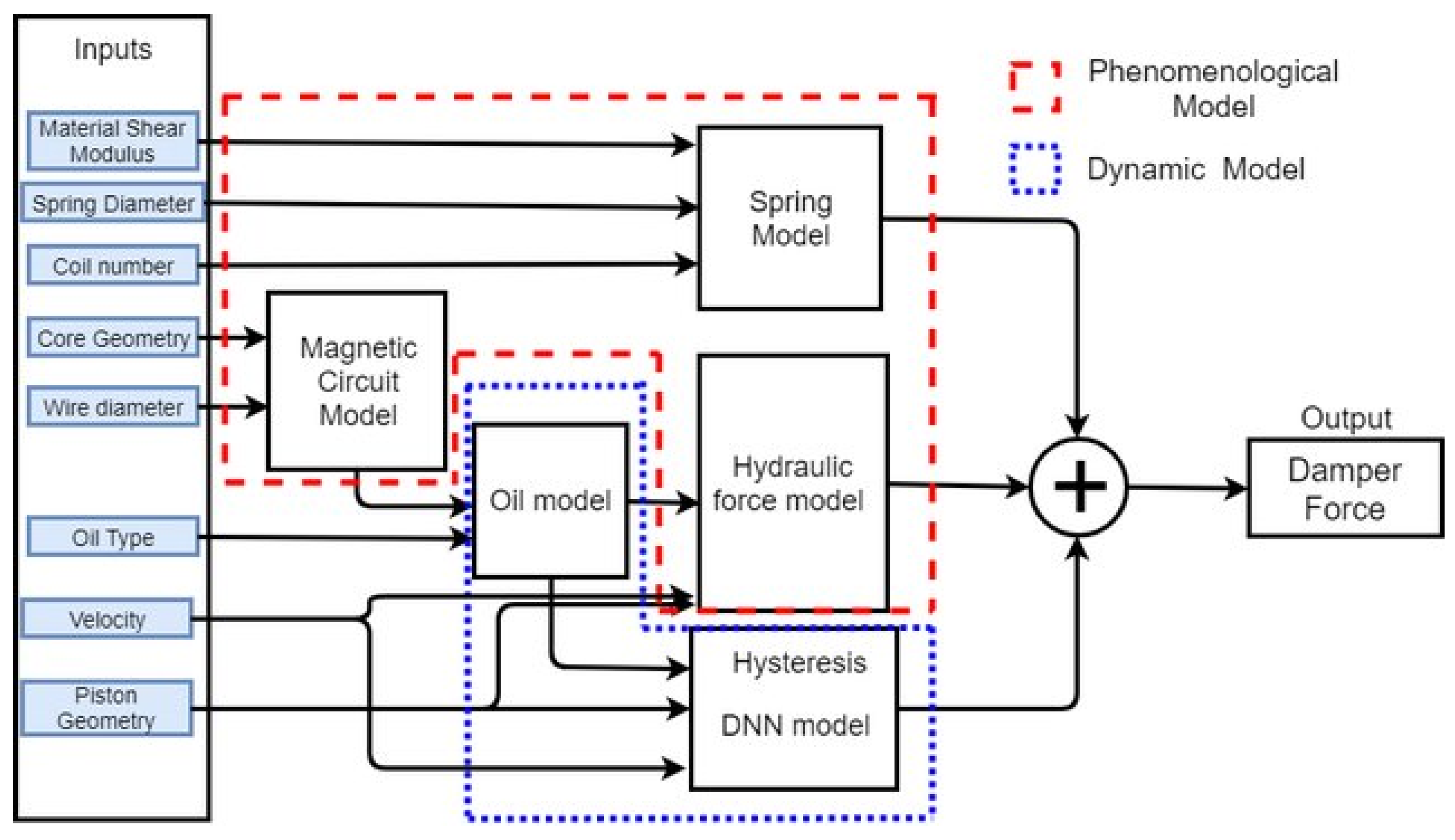
Adjustment of Tall Building Behavior by Guided Optimization of Magneto-Rheological Damper Control Parameters
Magneto-rheological dampers (MR-Dampers) are increasingly being used in construction applications to reduce the dynamic response of structures to seismic activities or severe wind loading. Sensors attached to the structure will signal the computer to supply the dampers with an electric charge that transfers the MR fluid to a near-solid material with different physical and mechanical properties (viscoelastic behavior). Control algorithms govern the fluid to near-solid conversion, which controls the behavior of the damper and the performance of the structure under the seismic or wind loading
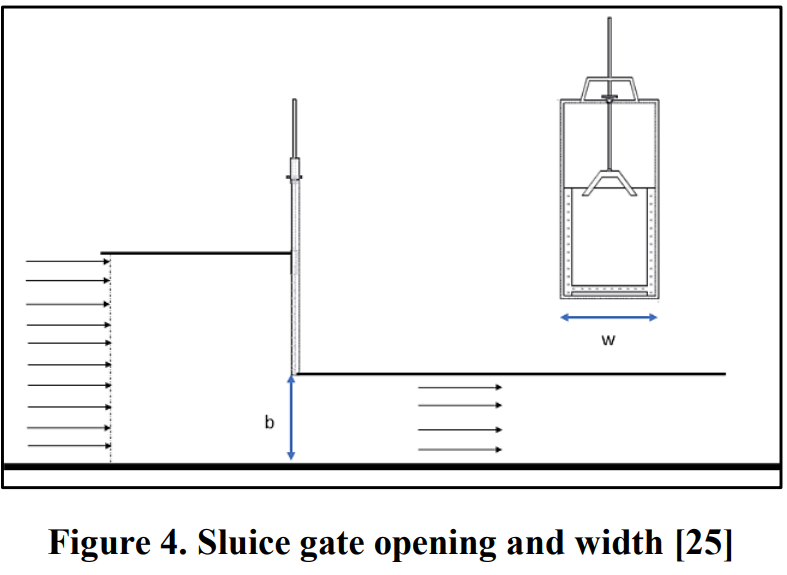
Estimate of Power Output from Hydraulic Jumps Generated Downstream from Barrages
Hydropower is an affordable, sustainable way to generate electricity. Research on hydraulic jumps focuses only on determining head loss across the jump, but there are no studies on generating power from the jump. This research aims to utilize energy dissipated from hydraulic jumps for power-generating purposes and further use this power in real-life applications. This research simulates ideal hydraulic conditions to identify the most stable hydraulic jumps, which will be used to generate power. The Seriakos barrage in Egypt was taken as a case study to simulate energy dissipated/power
Incorporation of perlite and recycled aggregates for internal concrete curing
Adequate curing of concrete is a fundamental step in concrete manufacturing to meet performance and durability requirements. Internal curing is a technique that can provide water to concrete for extended durations towards thorough hydration of the cement and reduced cracking. This work addresses potential use of two substitutes of ordinary aggregates for internal curing. Perlite as well as recycled concrete aggregates were incorporated at three dosages each to replace the coarse aggregates. Sets of concrete mixtures were prepared as fully cured in three different techniques: water, applying a
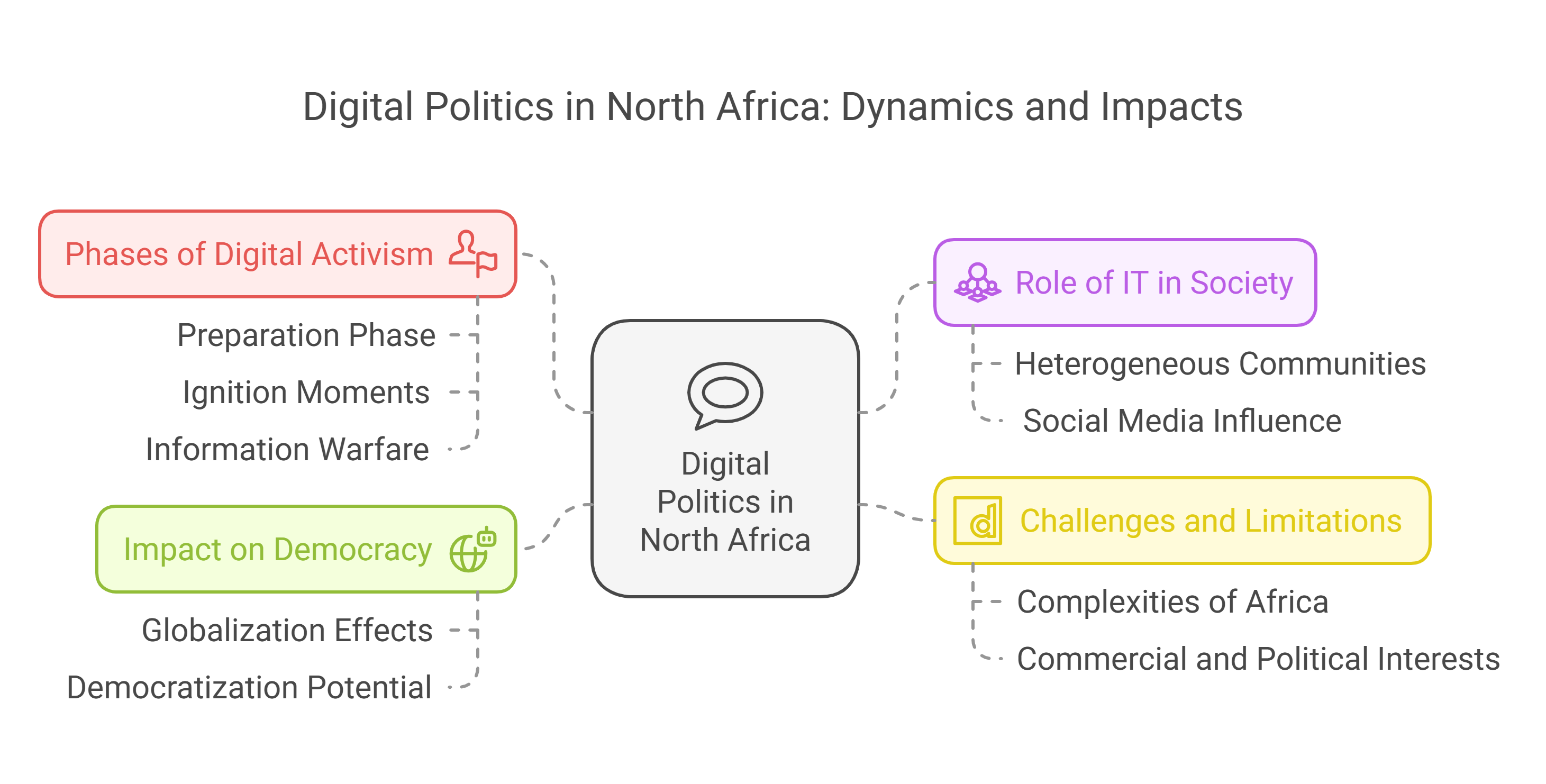
Digital politics in north Africa: Possibilities to reverse subversion
North Africa is marked with an unmatched phenomena of increase in IT (Adeiza, 2013), though IT users are not homogenous groups, but rather heterogeneous communities with diverse interests and motivations. As explained by the Swiss Agency for Development and Cooperation (SDC) that technology itself cannot solely make a difference in the practice of the sociopolitical and economic progress, but rather the other way around where indicators of development behind the technology drives the change. IT is thus an instrument, not a goal (Sarrazin, 2011). The synergy between politics and IT is
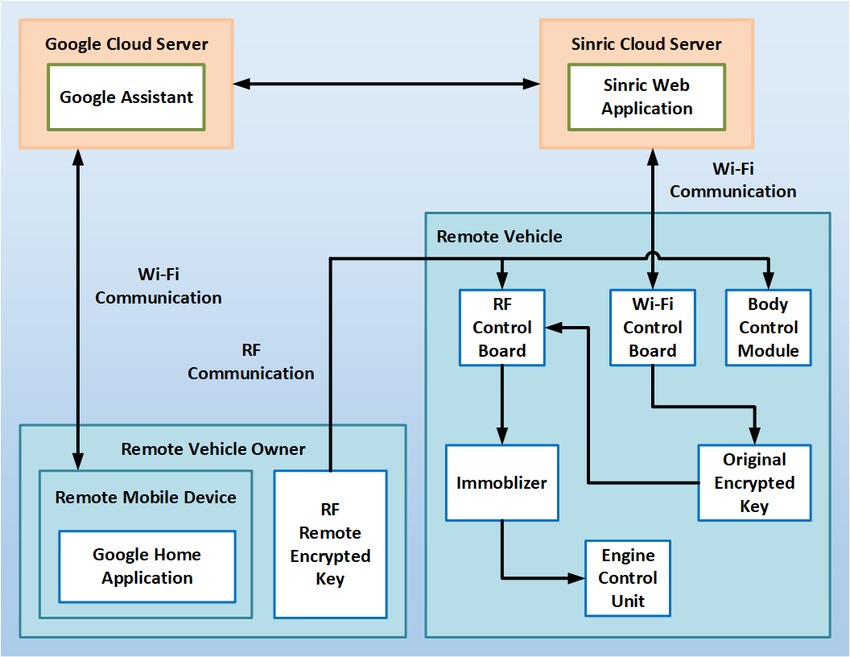
A Reliable Secure Architecture for Remote Wireless Controlling of Vehicle's Internal Systems based on Internet of Vehicles using RF and Wi-Fi
Internet of Vehicles is considered one of the most unprecedented outputs of the Internet of Things. No one has realized or even expected the rapidly-growing revolution regarding autonomous connected vehicles. Nowadays, Internet of Vehicles is massively progressing from Vehicular Ad-Hoc Networks as a huge futuristic research and development discipline. This paper proposes a novel reliable and secure architecture for ubiquitously controlling remote connected cars' internal systems, such as engine, doors' locks, sunroof, horn, windows' and lights' control systems. The main contribution is that

Bilingual Embeddings andWord Alignments for Translation Quality Estimation
This paper describes our submission UFAL MULTIVEC to the WMT16 Quality Estimation Shared Task, for English- German sentence-level post-editing effort prediction and ranking. Our approach exploits the power of bilingual distributed representations, word alignments and also manual post-edits to boost the performance of the baseline QuEst++ set of features. Our model outperforms the baseline, as well as the winning system in WMT15, Referential Translation Machines (RTM), in both scoring and ranking sub-tasks. © 2016 Association for Computational Linguistics.